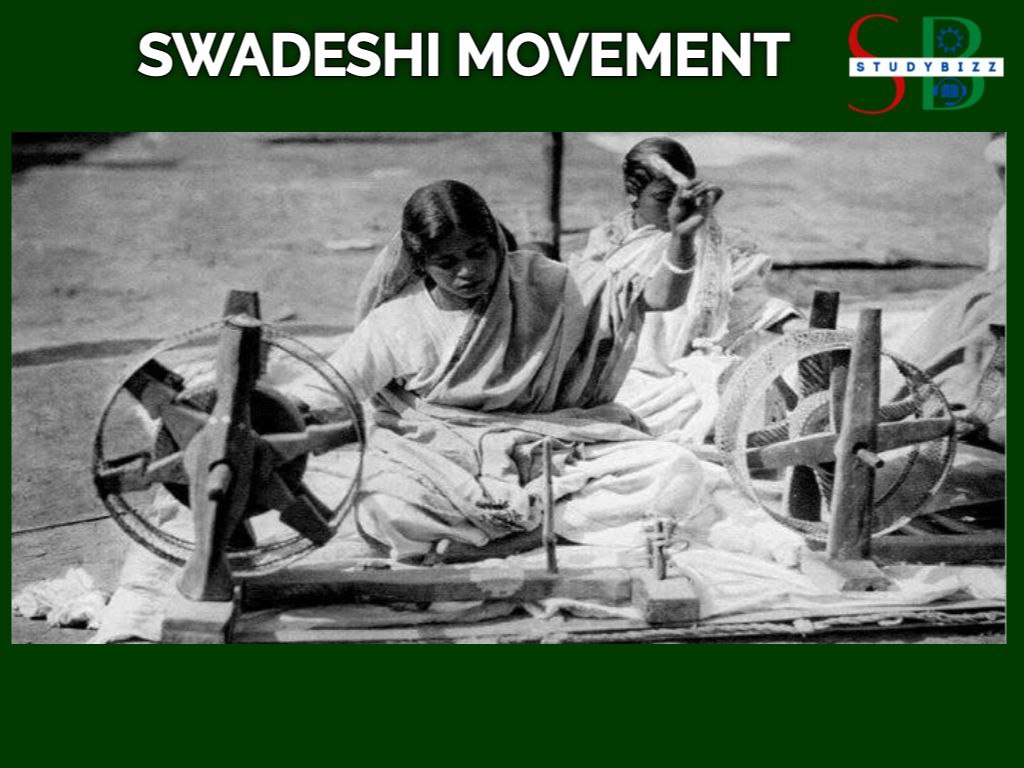Swadeshi movement – Indian History Notes
The Swadeshi movement was a political and economic campaign in British India, which aimed to promote Indian self-reliance and boycott British goods. The movement started in Bengal in 1905, following the partition of the province by the British government, and quickly spread to other parts of India. The Swadeshi movement was a significant part of the Indian independence movement and was an important precursor to the non-cooperation and civil disobedience movements of the 1920s and 1930s.
The Swadeshi movement was a response to the growing discontent among the Indian population with British rule. The partition of Bengal in 1905 was seen as a particularly unjust act, and sparked widespread protests and civil unrest. In response, Indian leaders such as Bal Gangadhar Tilak and Aurobindo Ghosh called for a boycott of British goods and the promotion of Indian-made products. The Swadeshi movement aimed to reduce the economic dependence of India on Britain and promote self-reliance, as well as to demonstrate the political power of the Indian people.
One of the key features of the Swadeshi movement was the promotion of Indian-made goods, such as textiles, handicrafts, and other products. The movement encouraged Indians to use locally-made products and to avoid buying British goods. The Swadeshi movement also encouraged the establishment of new industries in India, and helped to spur the growth of the Indian economy.
The Swadeshi movement also had a significant impact on Indian politics. The movement helped to bring together different groups and communities, and helped to foster a sense of national unity and identity. The Swadeshi movement also helped to create a new generation of Indian leaders, who would go on to play a significant role in the independence movement and the development of modern India.
In addition, the Swadeshi movement had a significant impact on the British government. The movement demonstrated the political power of the Indian people, and helped to create a sense of urgency among the British government to address the demands of the Indian independence movement. The Swadeshi movement also had a significant impact on the Indian independence movement as a whole, as it helped to create a new generation of Indian leaders and inspired other movements, such as the non-cooperation and civil disobedience movements of the 1920s and 1930s.
The Swadeshi movement came to an end in the 1910s, as the Indian independence movement shifted its focus from economic self-reliance to political independence. However, the movement left a lasting legacy in India, as it helped to create a new generation of Indian leaders, and helped to foster a sense of national unity and identity.
In conclusion, the Swadeshi movement was a political and economic campaign in British India, which aimed to promote Indian self-reliance and boycott British goods. The movement started in Bengal in 1905 and quickly spread to other parts of India. The Swadeshi movement had a significant impact on the Indian economy, politics, and society, as it helped to create a new generation of Indian leaders, foster a sense of national unity and identity, and demonstrate the political power of the Indian people. The Swadeshi movement was a significant part of the Indian independence movement and was an important precursor to the non-cooperation and civil disobedience movements of the 1920s and 1930s.





Leave a Reply